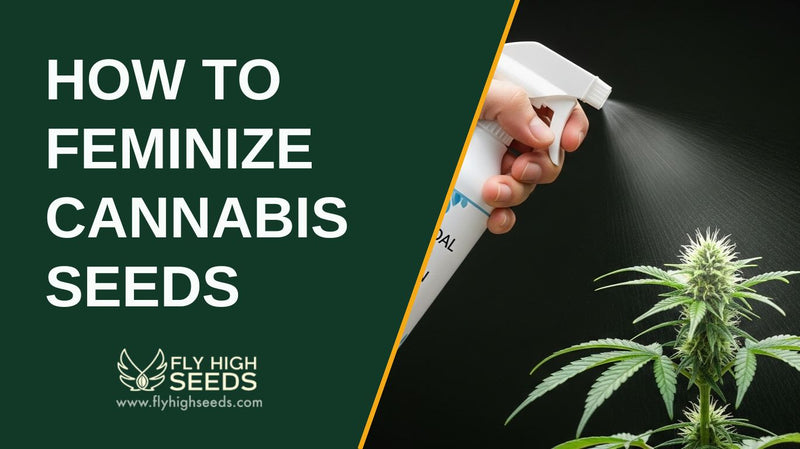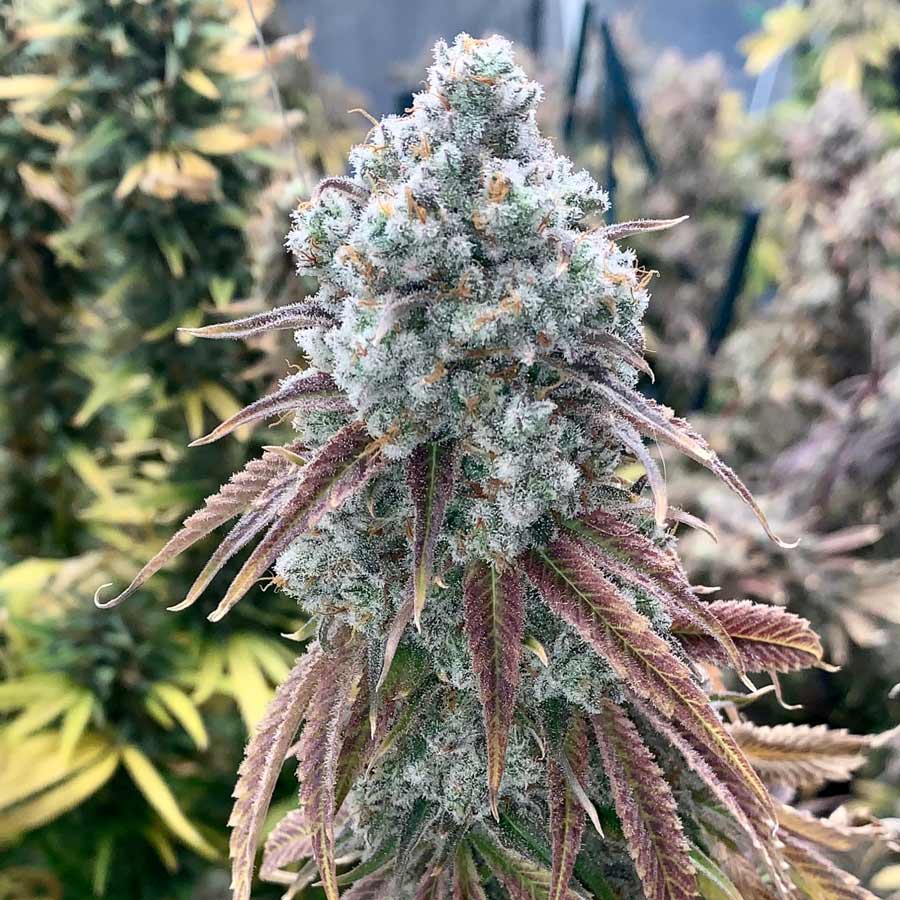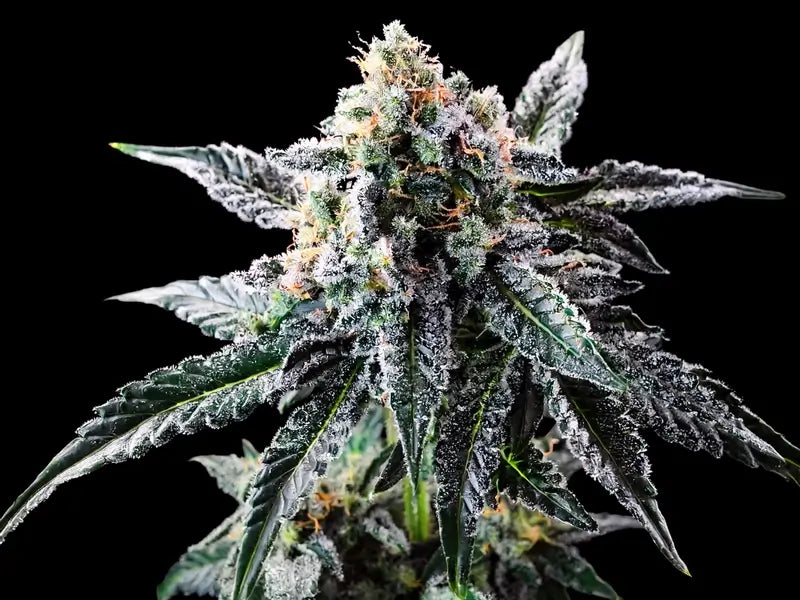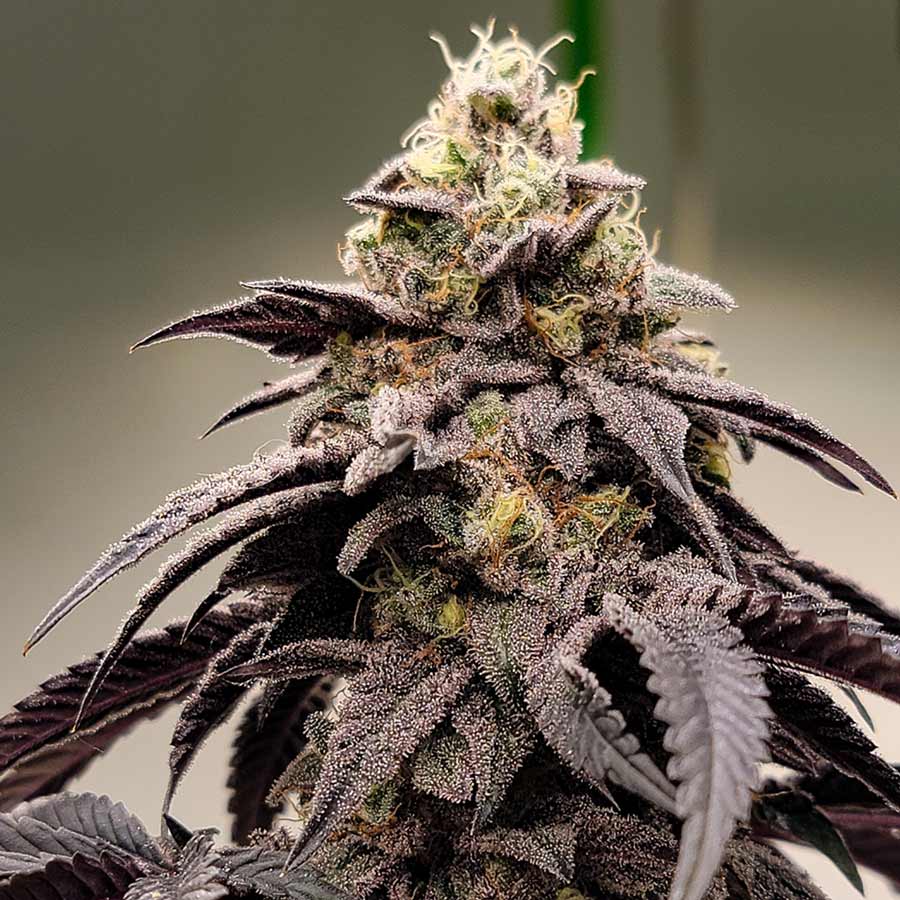How to Feminize Cannabis Seeds: 7 Effective DIY Steps

Feminizing cannabis seeds is a key method in cannabis cultivation to ensure nearly all resulting plants are female, which are the ones that produce buds. This technique is especially useful for growers who want to avoid male plants that can pollinate females and reduce yield quality.
How to Feminize Cannabis Seeds
Producing feminized cannabis seeds involves manipulating genetically female plants to produce male flowers that carry only female genetics. These flowers produce pollen, which is then used to pollinate other female plants, resulting in seeds that grow into female plants.
1. Choose a Strong Female Plant
Select a healthy, vigorous mother plant with strong genetics. The chosen cannabis female plant will be treated to produce male flowers. This plant must not exhibit male plants or any signs of intersex traits under normal conditions.
2. Apply a Reversal Agent
To induce plant sex reversal, treat the female cannabis plant using colloidal silver or silver thiosulfate solution. These substances inhibit ethylene production, which promotes female sex expression. When suppressed, the plant begins to produce male flowers instead.
3. Begin Treatment Early
Start applying the solution during the pre-flowering stage. Spray the chosen plant daily on areas where you want male flower development. Continue treatment for two to three weeks, ensuring the plant receives proper light and care.
4. Encourage Male Flower Development
After consistent treatment, the female plant will begin to form pollen sacs. These are similar in appearance to those seen in natural male plants. Treated female plants now exhibit male plants' reproductive structures but still carry only female genetics.
5. Collect and Store Pollen
Once the male pollen sacs mature and begin to open, carefully collect the pollen. This step must be done cautiously to avoid unintentional pollination of neighboring male plants or other female plants. The pollen can be stored for later use in a dry, cool container.
6. Pollinate Other Female Plants
Use the collected pollen to fertilize another female plant during its early flowering stage. This process mimics natural pollination but ensures the resulting seeds are feminized seeds. The female plants treated this way will develop seeds that grow into exclusively female plants.
7. Harvest and Cure Feminized Seeds
After the pollinated plant matures, harvest the seeds when they are fully developed. This typically happens several weeks after pollination. Dry and cure the seeds properly before storage to ensure successful germination later.
Importance of Feminizing Marijuana Seeds

Feminized seed production is essential in modern cannabis cultivation. As cannabis is a dioecious plant—meaning male and female reproductive organs occur on separate plants—accurately predicting plant sex and producing female plants is critical for optimal yield.
- High yield: Female cannabis plants produce buds, making them the primary target in cultivation
- Avoid pollen contamination: Removing male plants prevents accidental pollination and seed formation in flower crops
- Maximize space: Growing only female flower plants ensures resources aren’t wasted on male cannabis sativa
- Reliable genetics: Feminized cannabis seeds are created from genetically female plants, ensuring a consistent female crop
- Controlled cultivation: Altered sex cannabis plants reduce unpredictability in grow cycles
- Reduce labor: There's no need to identify male cannabis sativa and separate them mid-cycle
- Enhanced quality: Only female flowers develop cannabinoids in high concentration
- Cost efficiency: Choosing feminized seeds reduces the need to grow and discard male plants
- Better planning: Exposing cannabis plants to sex reversal treatments allows growers to produce female seeds intentionally
-
Industry standard: The cannabis industry increasingly depends on feminized seeds for commercial flowering and seed production
Things to Avoid While Feminizing Cannabis Seeds
Feminizing cannabis seeds requires precision. Mistakes during the process can lead to unwanted male traits or low seed viability. Being mindful of these issues can improve results and protect your crops.
1. Using Weak or Unstable Plants
Avoid treating cannabis female plants with poor genetics or health. Unstable plants may produce intersex offspring or show unpredictable traits.
2. Skipping Proper Timing
Don’t delay treatment past the pre-flowering stage. Late applications reduce the plant’s ability to produce male flowers and viable pollen.
3. Reusing Reversal Agents Incorrectly
Never reuse mixed silver solutions or improperly stored agents. Fresh and properly stored chemicals ensure effective plant sex reversal.
4. Pollinating Too Early or Too Late
Poor timing during pollination leads to poor seed development. Pollinate when female flowers are receptive, typically early in flowering.
5. Ignoring Pollen Drift
Avoid treating plants near flowering females unless fully isolated. Male pollen drift occurred in many grow spaces due to poor containment.
6. Misidentifying Male Flowers
Don’t confuse natural male plants with treated female plants that exhibit male flower development. Accurate identification is critical for feminized seed production.
Final Thoughts

Learning how to feminize cannabis seeds gives growers control over their crop's yield, quality, and efficiency. While the process requires careful planning and execution, it rewards cultivators with a more predictable, high-yield harvest. For anyone serious about cannabis cultivation, understanding and applying these methods is a key advantage. Start small, experiment responsibly, and refine your technique as you grow.
For additional insights on cannabis cultivation techniques or related growing methods, learn more expert guides and resources available from trusted horticulture sources.
Frequently Asked Questions
Can I feminize cannabis seeds without chemicals?
Yes, but chemical-free methods like stressing the plant are less reliable and often result in lower feminization rates or hermaphroditic traits.
How long does it take to produce feminized seeds?
The entire process, from reversal to seed harvesting, usually takes 8 to 10 weeks depending on strain and environmental conditions.
Are feminized seeds suitable for cloning?
Yes. Since they originate from genetically female plants, feminized seeds produce plants that are ideal mother plant candidates for cloning.
What’s the difference between feminized seeds and regular seeds?
Feminized seeds are bred to grow into only female plants, while regular seeds can grow into either the mother plants or male plants randomly.
Can feminized seeds produce male plants?
In rare cases, due to environmental stress or poor breeding, feminized seeds may still produce male flowers or intersex traits.



